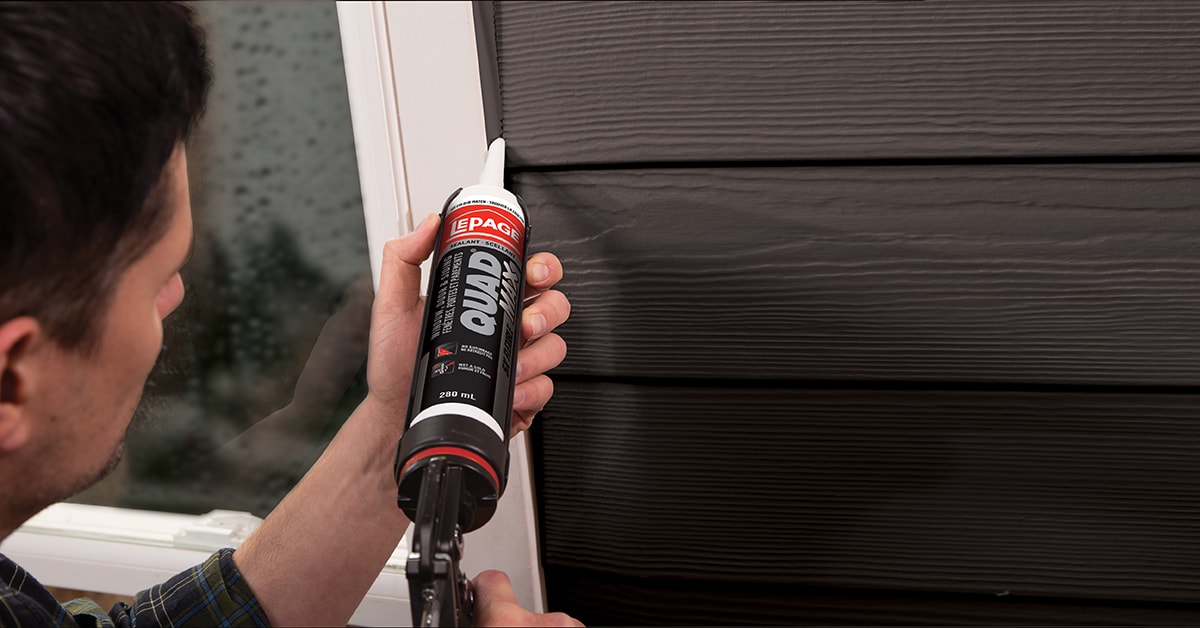Remove the Old Caulking
- 1.1 - Using a utility knife, carefully cut along the edges of the old caulking, starting from the outer edge of the caulked joint and cutting in towards its centre. Apply firm and steady pressure to avoid scratching siding or windows. The caulking should pull off in long pieces but if it is very old and brittle, it may need to be removed in bits.
- 1.2 - Once the bulk of the caulking is gone, use a razor scraper to carefully remove the residue from the surface.






















